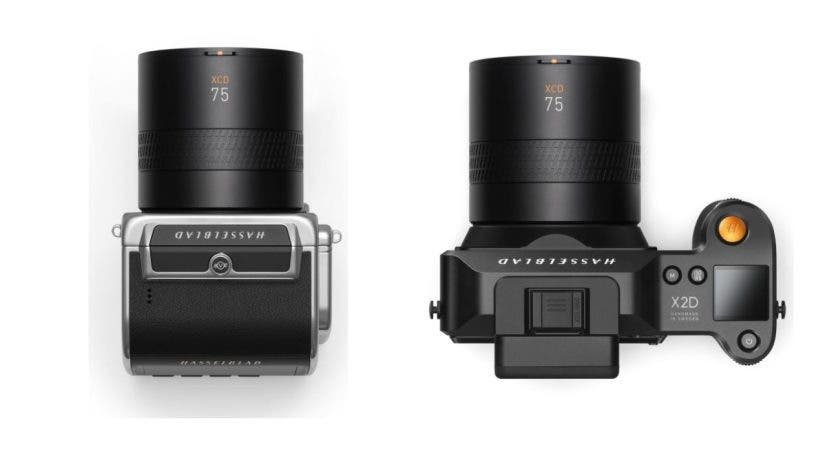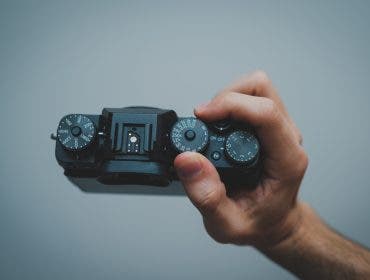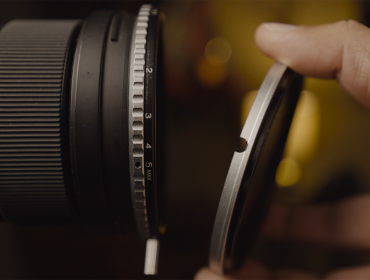The XCD series of Hasselblad lenses are designed to satisfy the X System mirrorless cameras’ high resolution while maintaining a compact form factor. Hasselblad’s engineers in Sweden have taken this challenge very seriously, producing some of the finest optics on the market. Hasselblad now offers the longest and fastest lens in the “P” line, the Hasselblad XCD 75P.
The new Hasselblad XCD 3.4/75P lens is a welcomed addition to the series because it targets portrait and street photographers and aims to be the only lens they need. With the help of one or more X Extension Tubes, it has a very good chance of reaching its goal. Here is what to expect from Hasselblad’s latest products.
Key Features of the Hasselblad XCD 3,4/75P Lens (and X Extension Tube)
- Focal length 75mm (equivalent to a full frame 59mm focal length)
- Maximum aperture: f/3.4
- Minimum focusing distance: 0.55m
- 10 elements in 10 groups with 1 aspherical element and 3 extra-low dispersion elements
- Exposure times of 68 minutes to 1/2000th second, with full flash synchronization
- Weight: 14 oz (398 g)
- X Extension Tube: 9mm in length, 3.14 oz (89g) in weight, compatible with XCD series lenses
What’s New About the Hasselblad XCD 3,4/75P Lens?
Hasselblad lenses are well-known for their impeccable optics; the new XCD P series addition is no less. So, one can expect powerful performance and high-quality images with no place for aberrations and distortions.
At the same time, remember that “P” stands for Portable. The design improves the user’s experience, offers more versatility, and encourages a dynamic workflow. The lens is compact and lightweight, even though its focal length puts it in the standard to mid-telephoto range.
Check out the following features and be impressed by the power and agility of the XCD 3,4/75P lens.
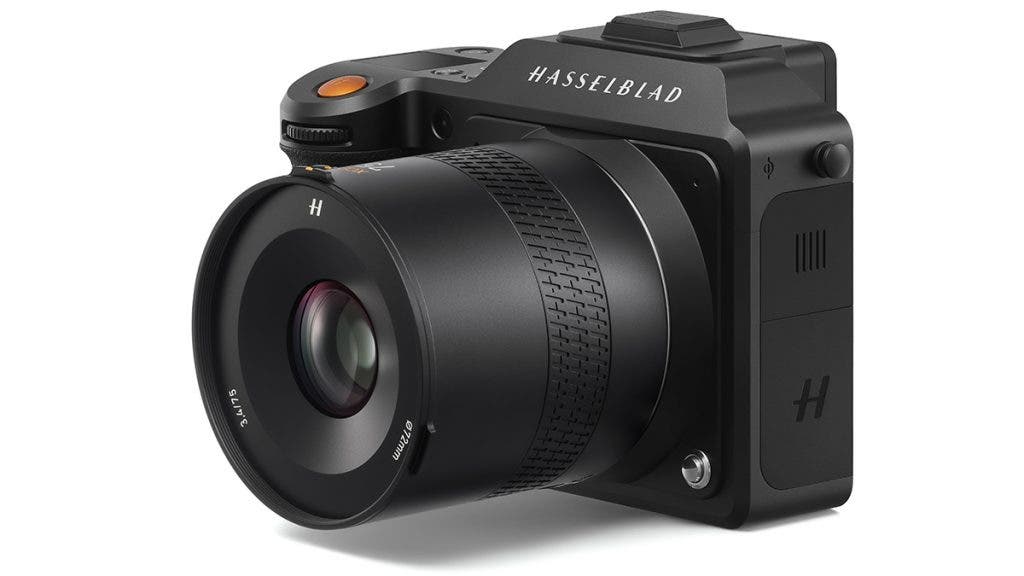
Versatile Focal Length
The XCD P series has needed a longer focal length for some time now. The newcomer features a 75mm focal length (a 59mm equivalent full-frame focal length), which sits comfortably close to the standard 50mm while slowly stepping into the telephoto range. It’s suitable for a broad range of photographic genres and compositions. Still, it is also very pleasing to the eye and heart of the photographer. You can make the subject the focal point of the frame without completely missing the background.
Powerful Optical Performance
The lens satisfies the performance needs of a 100MP sensor. The optical structure made of ten elements in ten groups, including an aspherical element and three ED elements, ensures no chromatic aberrations and dispersion are possible. The image is sharp and clear from edge to edge, and the colors are vibrant and lifelike. And that’s a big thing when you have a maximum image scale of 1:5.8 and a corresponding area of coverage of 26 x 19 cm.
Natural Bokeh Effect
Thanks to its optical structure and its wide maximum aperture of f/3.4, the lens produces an appealing bokeh effect. It also improves low-light portraiture and street shots by capturing more details in the darker areas. The soft, natural bokeh effect is particularly appreciated by portrait photographers because it is flattering for the subject. So, Hasselblad really strikes a point here by creating a lens that features the longest focal length and the widest maximum aperture in its series.
Improved Focus Responsiveness
Hasselblad uses a smaller and lighter focusing lens group and a linear stepping motor in this lens, which allows for more precise control of the focusing lens group, enhances focus accuracy, and produces faster focusing. Unaware of the internal technicalities, the photographer feels a more responsive focus system that operates faster and more accurately and is more adaptable to the environment. You will also appreciate the quietness of the system, especially for street photography, where you want to have a discrete presence.
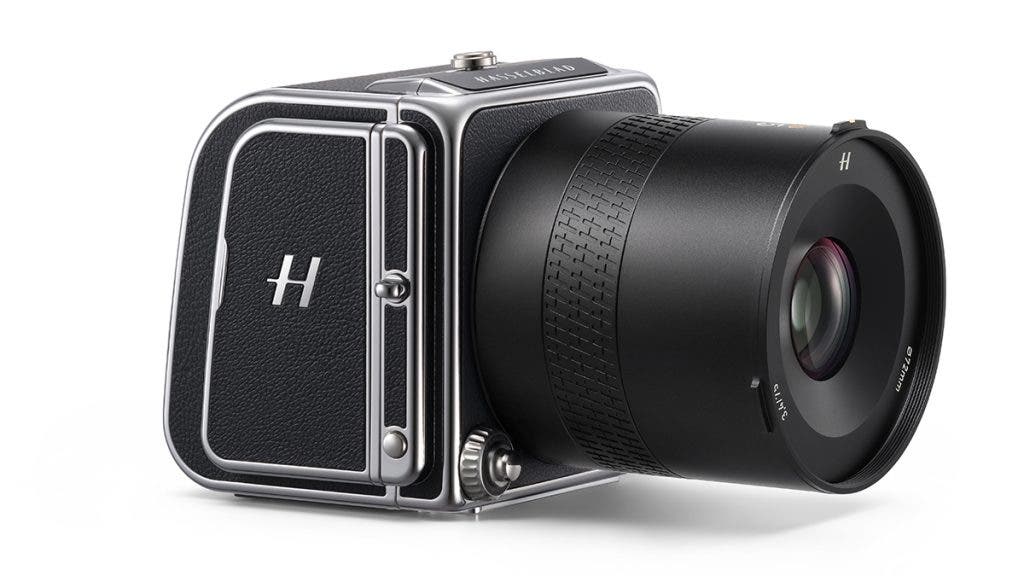
Advanced Leaf Shutter
The lens’ quietness is also helped by the compact leaf shutter module that reduces vibrations and noise. You can operate it with confidence in places where silence is key.
In addition, the leaf shutter offers exposures between 68 minutes and 1/2000th of a second with full flash synchronization. You can use long exposures for fine art and night photography and ultra-short ones for high-speed moving subjects. Thanks to its flash synchronization at all speeds, you can use the flash to darken the background while illuminating the subject and create artistic compositions even in bright sunlight.
Who Should Buy This Lens and Extension Tube?
The new XCD P series lens is designed for portrait and street photography. However, it works perfectly well with any composition that includes a subject that stands out and an environmental background. You can use it for full-body or half-body environmental portraits. Additionally, candid street shots, nature shots, event photos, and travel pictures. What stands out is the documentary feeling the lens gives. Thanks to its well-chosen focal length and wide aperture, the lens produces lifelike and pleasant images. So, confidently try this Hasselblad lens for any storytelling purpose.
-1024x576.jpg)
Why Use an XCD Lens with an Extension Tube?
The X Extension Tube is a thoughtful touch on Hasselblad’s part. It gives you even more freedom of expression and is so tiny and lightweight that you won’t even feel you have it in the bag.
The X Extension Tube increases the lens’ magnification by allowing the photographer to get closer to the subject. The 9mm length of the new Hasselblad product may not be much compared to other extension tubes, but keep in mind that the XCD 3,4/75P lens is intended for documentary, street, and portrait photography and not for capturing macro shots. The X Extension Tube takes you a step closer to an interesting detail or a fascinating facial expression, providing the edge any photographer wants.
Comparable Hasselblad XCD Series Lenses
The XCD P series includes the XCD 4/28P and the XCD 4/45P lenses, too. Clearly, the equivalent focal length of 59mm is the longest of the series. The new lens also features the widest maximum aperture (f/3.4 instead of f/4.0). So far, in terms of maximum aperture, the XCD 2.8/65 lens remains in pole position, but only if you compromise on portability. The XCD 3,4/75P lens is 45% lighter and 24% shorter, silent, and discrete; it is the lens you want to take out on a street photo session or travel/documentary adventure.
Final Thoughts
A medium format camera used to be a challenging, heavy, and bulky camera that not many people dared to take out of a studio. Hasselblad has worked tremendously to change that. The brand continues to surprise us with lightweight lenses that are portable and ergonomic and pack the outstanding optics required by a 100MP sensor. The three lenses in the XCD P series are just the beginning of a new medium format experience, one that can take place anywhere the photographer desires.
